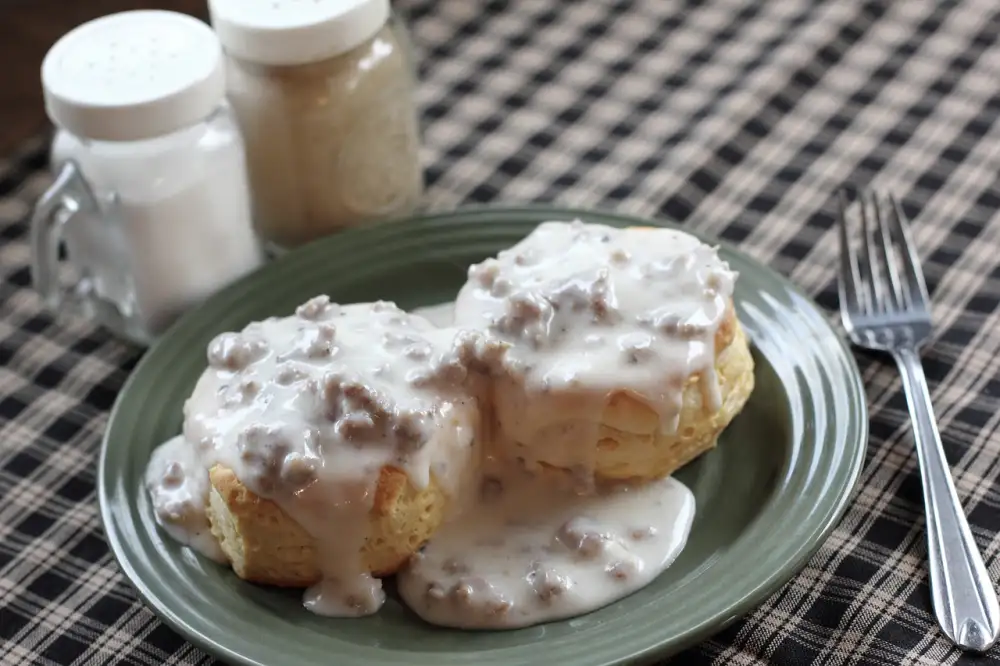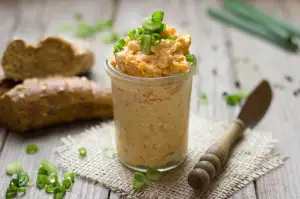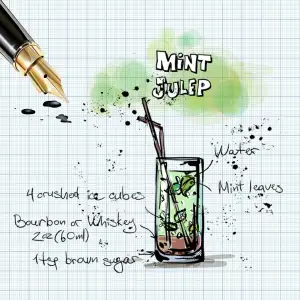Unraveling the Mystery: What is Buttermilk? The Ultimate Guide to this Tangy Fermented Dairy Delight

Buttermilk, with its creamy texture and tangy flavor, is a beloved ingredient in many culinary traditions. It has been used for centuries in various cultures around the world, adding depth and richness to both sweet and savory dishes. But what exactly is buttermilk? In this ultimate guide, we will unravel the mystery behind this fermented dairy delight, exploring its origins, composition, nutritional benefits, culinary uses, and even how to make it at home. So join us on this journey as we dive into the fascinating world of buttermilk.
Origins and History of Buttermilk
Buttermilk has a rich history that dates back centuries. Its origins can be traced to the traditional method of churning butter, where cream was agitated until it separated into solid butter and liquid buttermilk. This process allowed for the preservation of milk in a time when refrigeration was not available.
The use of buttermilk can be found in ancient civilizations such as Egypt and India, where it was valued for its tangy flavor and probiotic properties. It was also commonly used in European countries, particularly in Ireland and Scandinavia, where it became an integral part of their culinary traditions.
In the United States, buttermilk gained popularity during the colonial era. Early settlers brought their knowledge of buttermaking from Europe and continued to produce buttermilk as a byproduct. It soon became a staple ingredient in Southern cuisine, where it was used for baking biscuits, making pancakes, and marinating fried chicken.
Over time, the production process of buttermilk evolved with the introduction of cultured buttermilk. This involved adding bacteria cultures to milk to ferment it into a tangy and creamy beverage. Today, both traditional and cultured forms of buttermilk are widely consumed around the world, showcasing its enduring legacy throughout history.
Composition and Production Process of Buttermilk
Buttermilk is a tangy and creamy fermented dairy product that has been enjoyed for centuries. It is made by the process of churning butter, which separates the fat from the liquid. The liquid left behind after churning is known as buttermilk.
The composition of buttermilk can vary depending on the production method. Traditional buttermilk is made from the residual liquid left after butter is churned from cream. This type of buttermilk contains small amounts of milk solids, proteins, and naturally occurring bacteria.
In modern times, however, most commercially available buttermilk is made through a different process. It involves adding lactic acid bacteria to pasteurized skim or low-fat milk. These bacteria ferment the lactose in the milk, converting it into lactic acid. This fermentation process gives buttermilk its characteristic tangy flavor and thick texture.
The production process of buttermilk typically involves heating the milk to kill any harmful bacteria, then cooling it down to an optimal temperature for bacterial fermentation. The lactic acid bacteria are then added to the milk and allowed to ferment for a specific period of time, usually overnight or up to 24 hours.
During fermentation, the lactic acid bacteria consume lactose and produce lactic acid as a byproduct. This lowers the pH level of the milk and gives buttermilk its tangy taste. The longer the fermentation period, the tangier and thicker the resulting buttermilk will be.
After fermentation, commercial buttermilk may undergo additional processing steps such as homogenization or pasteurization before being packaged and sold.
It's important to note that there are also cultured buttermilk alternatives available in stores, which are made by adding cultures to regular milk instead of using traditional or commercial processes.
Understanding the composition and production process of buttermilk allows us to appreciate its unique qualities and explore its culinary potential in various dishes.
Nutritional Benefits of Buttermilk
Buttermilk not only adds a tangy flavor to dishes but also offers several nutritional benefits. It is low in fat and calories, making it a healthier alternative to whole milk. Buttermilk is rich in calcium, which is essential for strong bones and teeth. It also contains protein, vitamins (such as B12), and minerals like phosphorus and potassium. Additionally, the live cultures present in buttermilk promote a healthy gut by aiding digestion and boosting the immune system. Incorporating buttermilk into your diet can be a great way to enhance both taste and nutrition.
Culinary Uses of Buttermilk
Buttermilk is a versatile ingredient that adds a unique tanginess to a wide range of dishes. In baking, it acts as a leavening agent, making cakes and muffins light and fluffy. It also adds moisture and tenderness to breads and biscuits. In savory cooking, buttermilk is used as a marinade for meat, tenderizing it while imparting a subtle tang. It is also the star ingredient in creamy dressings, dips, and soups. Its acidity helps balance flavors in rich and spicy dishes, making it an essential component in curries and hot sauces. With its versatility, buttermilk truly shines in both sweet and savory recipes.
Variations of Buttermilk in Different Cuisines
Buttermilk is not only a staple in Western cuisines but also finds its place in various international culinary traditions. In Indian cuisine, buttermilk, known as "chaas," is a popular refreshing drink made by diluting yogurt with water and adding spices like cumin and mint. In the Middle East, "laban" is a traditional buttermilk made from fermented cow's or goat's milk. It is often enjoyed as a cooling beverage or used as an ingredient in savory dishes like sauces and marinades. In Scandinavian countries, "koldskål" is a sweet buttermilk-based dessert soup flavored with vanilla and served with biscuits. These diverse variations showcase the versatility of buttermilk across different cultures and cuisines.
Common Misconceptions about Buttermilk
1. Buttermilk is high in fat: Contrary to popular belief, traditional buttermilk is actually low in fat. It is made from the leftover liquid after churning butter, which removes most of the fat content.
2. Buttermilk and cultured buttermilk are the same: While both types are tangy and acidic, they differ in production process. Cultured buttermilk is made by adding lactic acid bacteria to pasteurized milk, whereas traditional buttermilk is a byproduct of butter-making.
3. Buttermilk can only be used in baking: Although it is commonly used in baking as a leavening agent, buttermilk has a wide range of culinary uses. It adds tanginess and creaminess to dressings, marinades, soups, and even fried chicken.
4. Lactose intolerant individuals cannot consume buttermilk: The fermentation process of buttermilk breaks down lactose into simpler forms, making it easier to digest for those with lactose intolerance. However, it's always best to check with a healthcare professional before consuming if you have any dietary restrictions.
5. Buttermilk has no health benefits: On the contrary, buttermilk is packed with nutrients like calcium, potassium, vitamin B12, and probiotics that promote gut health. It also aids digestion and can help maintain a healthy weight when consumed as part of a balanced diet.
By debunking these misconceptions, we can fully appreciate the versatility and nutritional value of this tangy fermented dairy delight.
How to Make Buttermilk at Home
Making buttermilk at home is a simple process that requires just two ingredients: milk and an acidic component. To make one cup of buttermilk, pour one tablespoon of lemon juice or white vinegar into a measuring cup. Then, add enough milk to reach the one-cup mark. Stir the mixture gently and let it sit for about 10 minutes. The acid will cause the milk to curdle slightly, creating the tangy flavor and thick consistency of buttermilk. Use this homemade buttermilk in your favorite recipes or enjoy it as a refreshing drink on its own.
In conclusion, buttermilk is a versatile and delicious ingredient that has been enjoyed for centuries. Its tangy flavor and creamy texture make it a perfect addition to both sweet and savory dishes. Whether used in baking, marinades, dressings, or as a refreshing beverage on its own, buttermilk adds a unique depth of flavor. So next time you come across a recipe that calls for buttermilk, don't hesitate to embrace its versatility and enjoy the delightful taste it brings to your culinary creations.
Published: 09. 12. 2023
Category: Food



